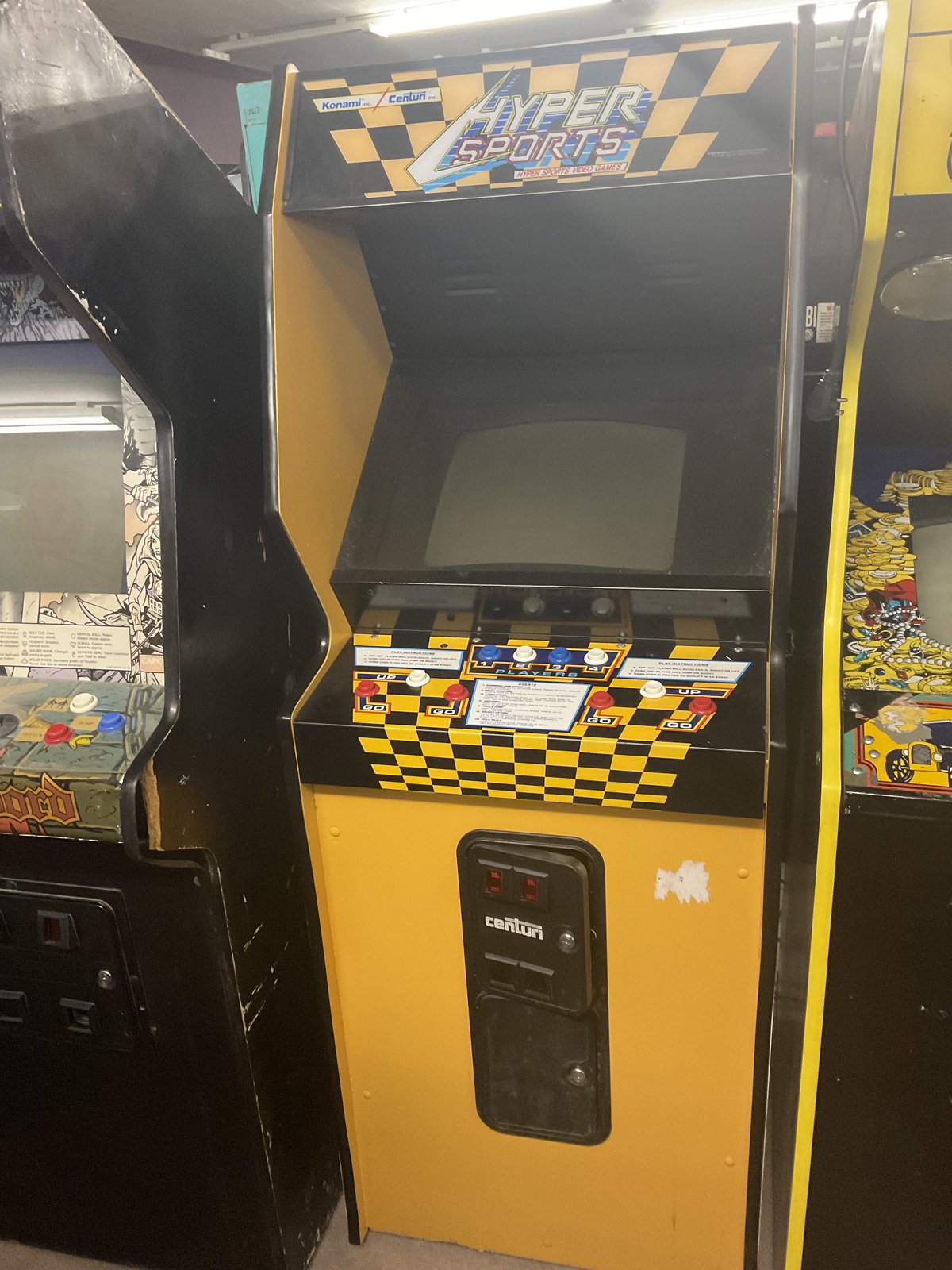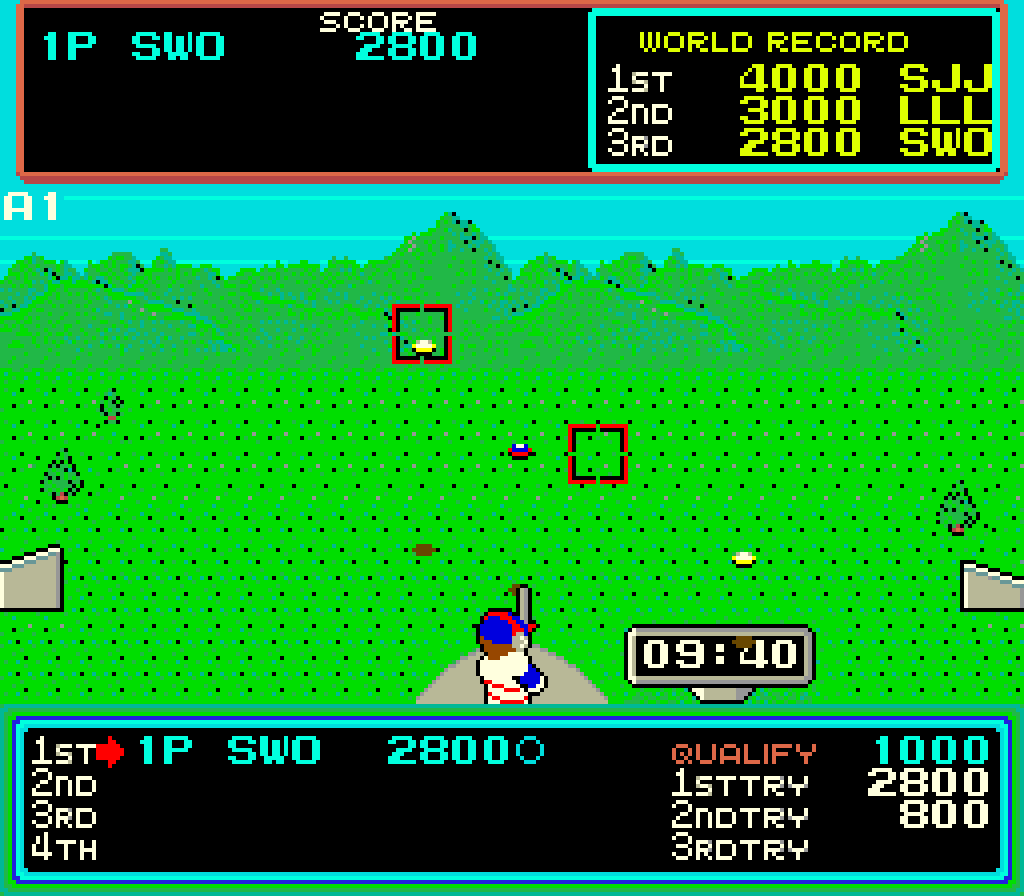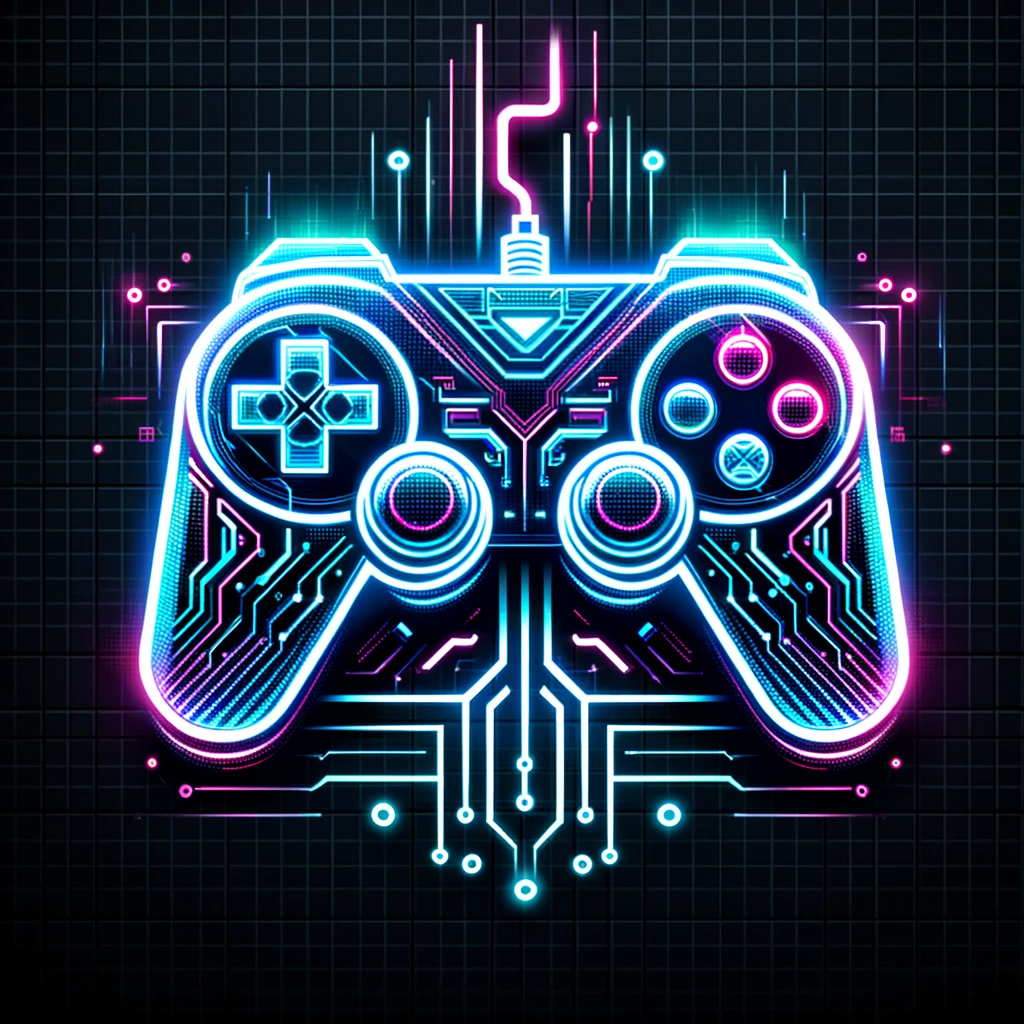
Hyper Sports
Arcade / Nintendo 1984
Hyper Sports is a sports-themed arcade video game developed and published by Konami. Released in 1984 as a sequel to the popular Track & Field, Hyper Sports features a variety of sporting events that players can compete in, including swimming, skeet shooting, and archery. The game is known for its competitive multiplayer mode and challenging button-mashing mechanics, requiring players to rapidly press buttons to achieve optimal performance in each event.
Following the success of Track & Field, Konami aimed to expand on the formula with Hyper Sports. Released during the height of the arcade gaming era, the game was designed to capitalize on the competitive and social aspects of multiplayer gaming. Hyper Sports was developed by Konami’s in-house team and quickly became a staple in arcades around the world.
Hyper Sports received positive reviews for its engaging gameplay and competitive nature. The title’s multiplayer mode contributed significantly to its success, fostering a sense of camaraderie among players. The game’s button-mashing mechanics were both challenging and addictive, adding to its appeal. The success of Hyper Sports cemented Konami’s position as a leading developer of arcade sports games.
Hyper Sports spawned various ports and adaptations for different gaming platforms, including home consoles and computer systems. The game’s success led to the creation of sequels and spiritual successors, contributing to the legacy of Konami’s sports game franchise. Notable titles related to Hyper Sports include Track & Field, Hyper Sports Winter, and the Konami Sports Series.
As an arcade game from the 1980s, Hyper Sports is considered a classic and can be relatively rare to find in its original cabinet form. The number of units produced varies, contributing to its rarity. Collectors often seek out well-preserved cabinets, and the game’s value on the collector’s market can vary based on condition, authenticity, and regional availability.
Hyper Sports typically ran on Konami’s arcade hardware of the time, which included a Zilog Z80 CPU and dedicated audio chips. Repairing and maintaining original cabinets may involve troubleshooting issues with these components, as well as the game’s display and control mechanisms. Replacement parts and repair guides can be found through arcade enthusiast communities and specialized suppliers, ensuring the preservation of this classic arcade experience.


